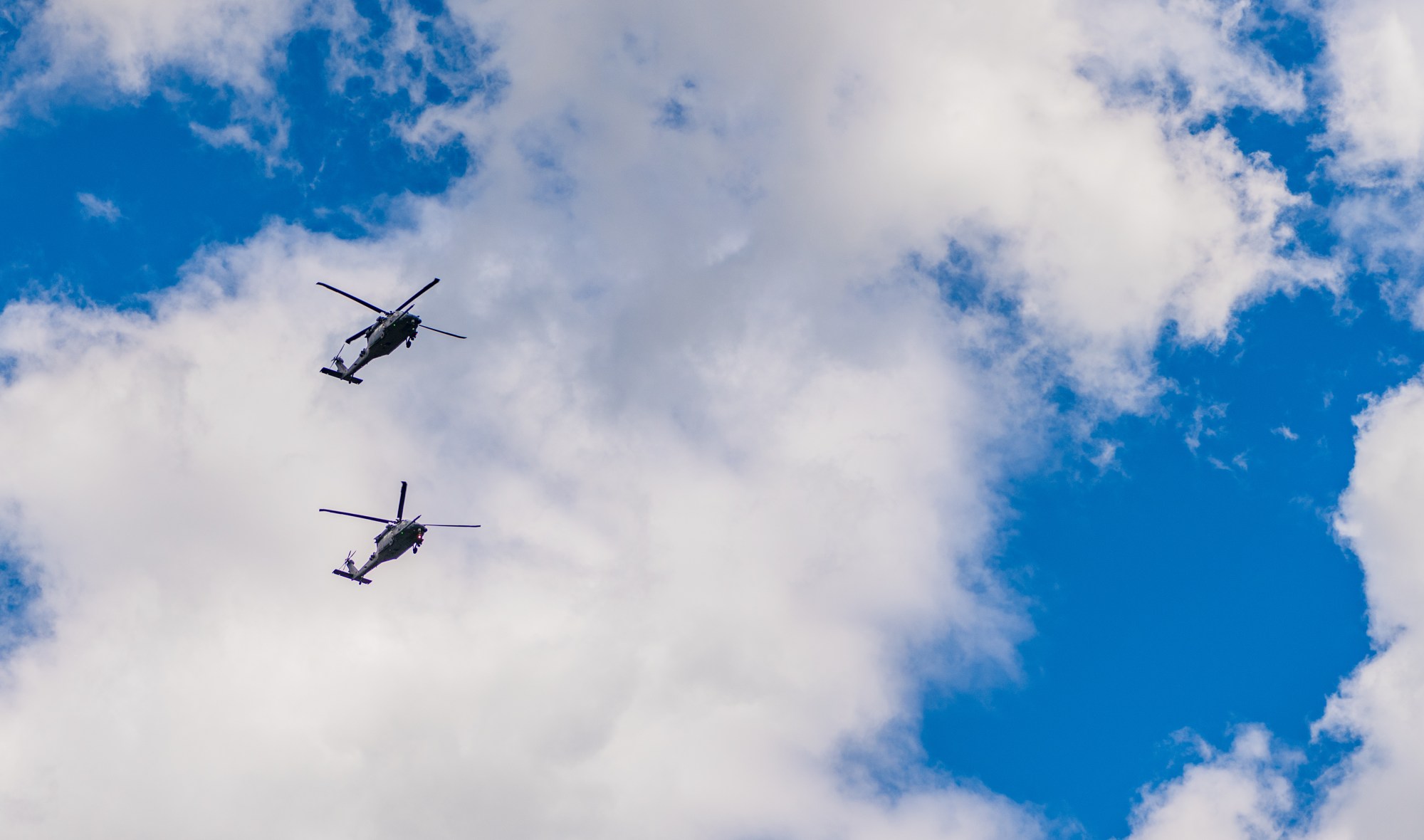WHAT IS THE BEST ENVIRONMENT TO LEARN TO FLY A HELICOPTER IN?

Learning to fly a helicopter requires a suitable environment that balances safety, challenge, and accessibility. Here are some factors to consider:
- Weather Conditions:
- Moderate Weather: Locations with moderate weather provide stable conditions that are ideal for beginners. Areas with minimal extreme weather conditions, such as severe storms or heavy snow, allow for consistent training.
- Variety: It can be beneficial to have some variation in weather to prepare for real-world flying conditions.
- Airspace:
- Controlled Airspace: Learning in controlled airspace can help you become familiar with communicating with air traffic control and following their instructions.
- Uncongested Areas: Starting in less congested airspace reduces the risk of close encounters with other aircraft and allows for more focus on learning.
- Terrain:
- Mixed Terrain: A combination of flatlands and hills or mountains can provide a comprehensive learning experience, helping you understand different flight dynamics.
- Open Spaces: Large open spaces like fields and coastal areas are ideal for practicing maneuvers without obstacles.
- Flight School Quality:
- Reputable Schools: Choose a flight school with a good reputation, experienced instructors, and well-maintained helicopters.
- Curriculum: Ensure the curriculum covers a wide range of skills, including emergency procedures and instrument flying.
- Facilities:
- Modern Facilities: Updated simulators, maintenance facilities, and training resources enhance the learning experience.
- Accessible Location: Proximity to your residence or accommodation can make frequent training more feasible.
- Community and Support:
- Active Aviation Community: A supportive community of fellow students and experienced pilots can provide additional learning opportunities and mentorship.
- Networking: Opportunities to network with professionals in the aviation industry can be beneficial for your career.
Ideal Locations
- United States: Florida and California are popular due to their favorable weather, diverse terrain, and numerous flight schools.
- Australia: Known for its excellent weather and open spaces, Australia offers great conditions for helicopter training.
- New Zealand: With varied terrain and a strong aviation community, New Zealand is another excellent choice.
- Europe: Countries like Spain and France offer good weather conditions and reputable flight schools.
Choosing the right environment depends on your specific needs and preferences, but considering these factors can help ensure a successful and enjoyable learning experience.
